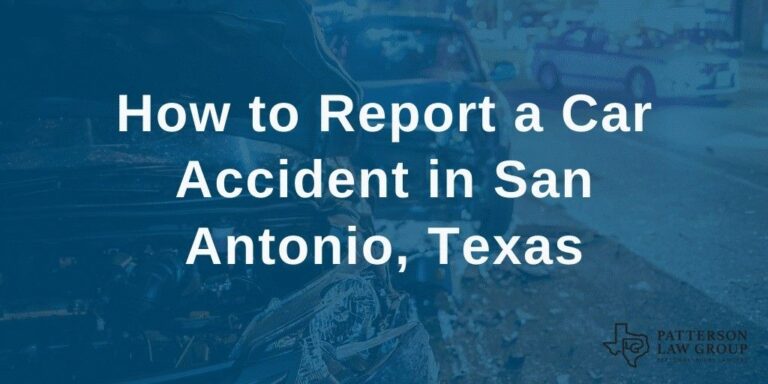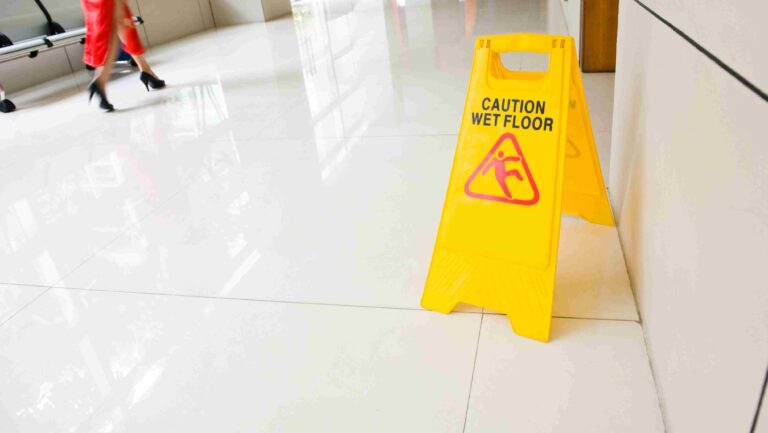If you are involved in a rear-end accident, you may have questions about who is at fault. While most assume the driver in the rear is to blame, this is not always the case.
Because of the complexities in these cases, it is wise to consult an experienced Texas personal injury lawyer. At Patterson Law Group, our attorneys have years of experience representing accident victims.
When a rear-end accident occurs, we can gather and analyze evidence to determine who is at fault. We can also represent accident victims and help them recover the compensation they deserve.
Introduction to Rear-End Collisions in Texas
Rear-end accidents are among the most common road incidents in Texas. Typically, these accidents occur when one vehicle strikes the back of another. While they might seem straightforward, determining fault in these situations can sometimes be complex, depending on the collision’s circumstances.
Texas Laws on Rear-End Accidents
In Texas, the driver who hits another vehicle from behind is usually considered at fault. This presumption is based on the premise that every motorist should maintain a safe distance from the vehicle ahead to stop safely and avoid a collision.
However, this is not an absolute rule. There are instances where the leading driver could also be partially or entirely at fault. Having an experienced rear-end car accident lawyer investigate the accident will help determine fault and ensure you recover the compensation you deserve.
Common Causes of Rear-End Accidents
Understanding the common causes of rear-end car accidents in Texas can help determine fault. These include:
- Distracted Driving: One of the leading causes of all car accidents, including rear-end collisions. Activities like texting, eating, or using a navigation system can divert a driver’s attention from the road.
- Tailgating: Following too closely behind another vehicle doesn’t allow enough time or distance to stop, leading to a rear-end collision.
- Speeding: Excessive speed reduces a driver’s reaction time to stop or slow down, increasing the likelihood of rear-ending another vehicle.
- Sudden Stops: If a car stops abruptly and unexpectedly, the following vehicle might not have enough time to react, leading to a collision.
- Weather Conditions: Poor weather conditions like rain or fog can reduce visibility and road traction, contributing to rear-end accidents.
Determining Fault in Rear-End Collisions
While the rear driver is often at fault, several factors can influence this determination, such as:
- Evidence from the Scene: Photographs, surveillance footage, and witness statements can provide crucial information.
- Police Reports: Law enforcement officers who respond to the scene will typically file a report, which can be essential evidence.
- Vehicle Damage: The pattern and extent of damage on the vehicles involved can offer insights into how the accident occurred.
When the Front Driver Could Be At Fault
In some scenarios, the driver in front might be held responsible for a rear-end collision. These include:
- Reversing Suddenly: If the front vehicle reverses without warning, it could be liable for the collision.
- Faulty Brake Lights: If the rear-ending vehicle could not know the car in front was stopping due to malfunctioning brake lights, the front driver could be held responsible.
- Erratic Driving: If the front driver operated their vehicle unpredictably or irresponsibly, they might share the blame.
Role of a Texas Car Accident Attorney
In the aftermath of a rear-end collision, consulting a Texas car accident attorney can be invaluable. An experienced attorney can:
- Assess the Situation: They can help you understand the specifics of your case and advise you on the best course of action.
- Gather Evidence: Attorneys have the resources to thoroughly investigate the accident, including gathering surveillance footage, witness statements, and police reports.
- Negotiate with Insurance Companies: They can handle negotiations to ensure you receive fair compensation.
- Represent You in Court: If your case goes to court, an attorney will represent your interests and work towards a favorable outcome.
Tips for Protecting Yourself
If you’re involved in a rear-end accident in Texas, there are steps you can take to protect yourself:
- Seek Medical Attention: Your health is the priority. Even if you feel fine, some injuries manifest later.
- Document Everything: Take pictures of the scene, vehicle, and injuries. Also, get the contact information of any witnesses.
- Report the Accident: File a report with the police and notify your insurance company.
- Consult an Attorney: Before making any statements or signing documents, speak with a Texas car accident attorney to understand your rights and options.
Understanding Fault in Rear-End Car Accidents
Determining fault in a rear-end car accident in Texas can be complex. However, understanding the state’s laws, the common causes of these accidents, and the role of a Texas car accident attorney can help you navigate this challenging situation.
Remember, if you are in such an accident, prioritize your safety, gather as much evidence as possible, and seek legal advice to protect your rights. At Patterson Law Group, we are here to help. Contact our office to schedule a risk-free consultation.






